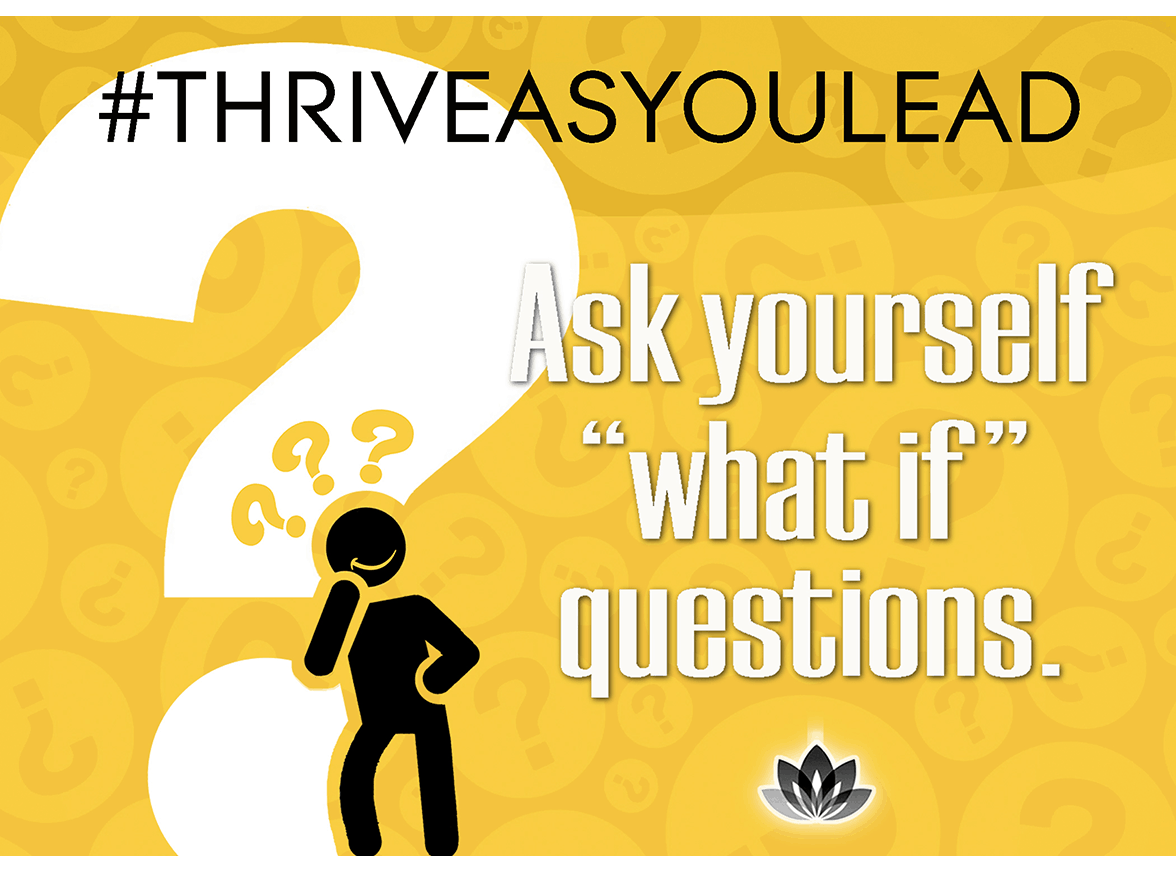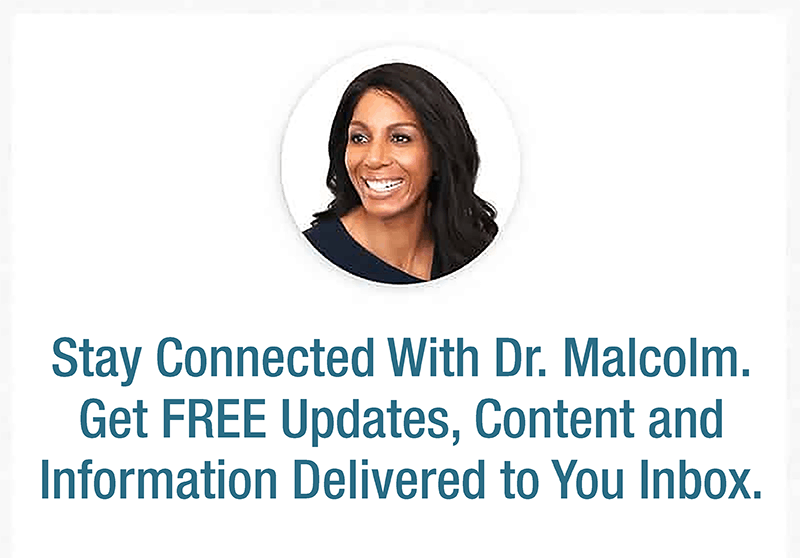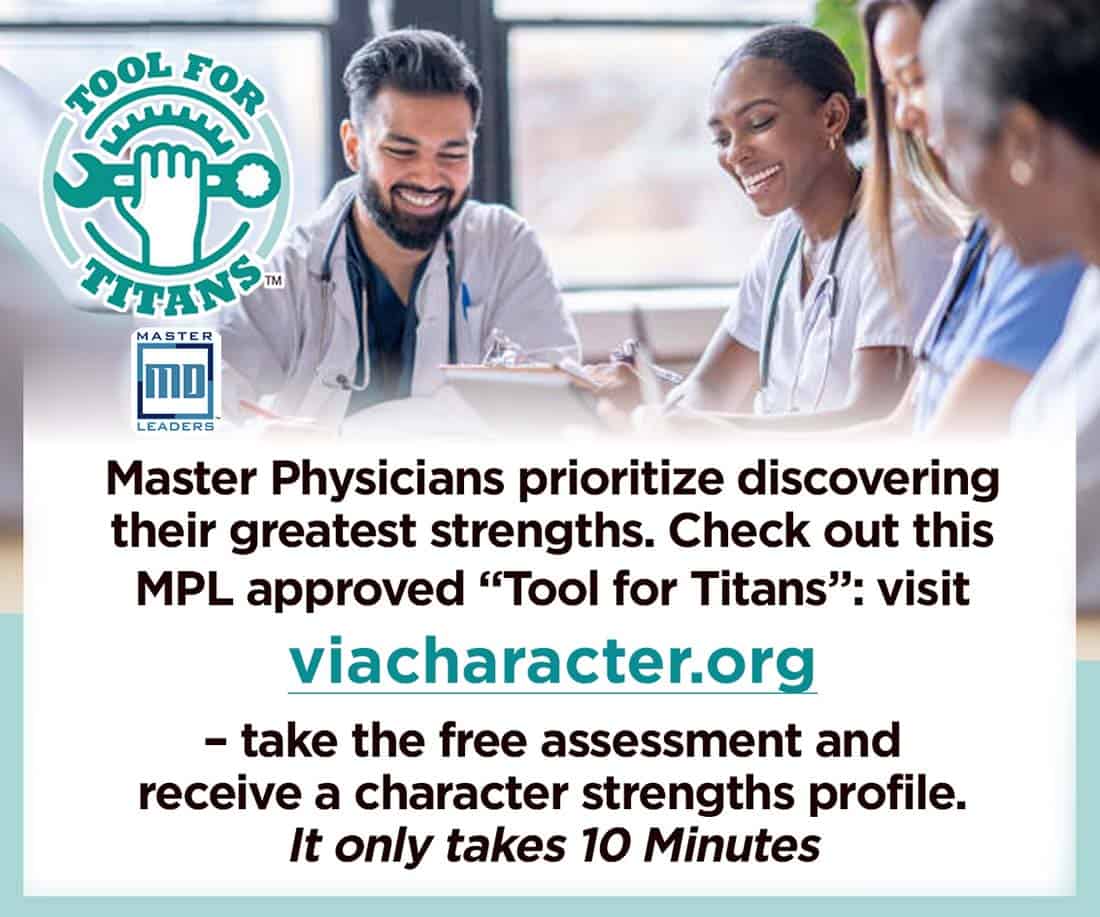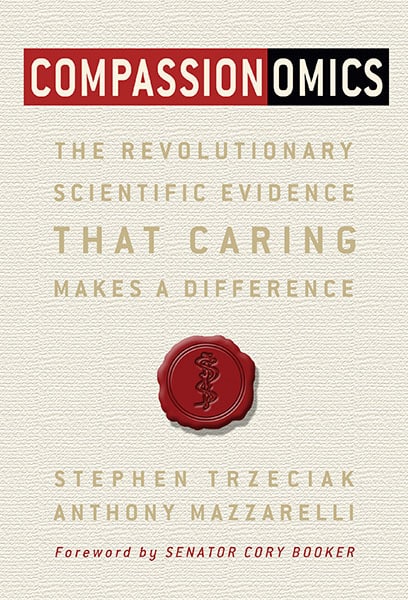The First 90 Days – Sign Up here to begin this free course
The First 90 Days

In today’s rapidly-paced, technologically advanced world, innovative and creative products are everywhere, and we use them all of the time. There is a gaggle of gadgets, devices, and products that increase quality, contribute to a more effective process and add value to the whole while reducing costs in an original way. I, for one, am glad they’re here and am grateful for how they make my life easier. But the focus on innovation and creativity to improve the bottom line can’t be only about marketable items or services. What about the behaviors of innovation and creativity to advance care delivery?
I recognize competition and demand in healthcare systems for cutting edge products is high. Still, there is also the need for modeling the behaviors of innovation and creativity. The value of physician leaders seeking out fresh ideas from a wide variety of sources, encouraging others to brainstorm and think out loud cannot be overstated. Innovation and creativity foster environments where making, designing, or discovering new products and processes can occur. Together, they cultivate an attitude of curiosity in all things. Just as organizational performance improves where innovative cultures are the norm, physician leaders thrive when they express their innovative and creative selves.
Innovation and creativity are being open to and actively pursuing
novel ideas and new approaches to make things better.
Being creative means calling on all of your thinking capacity for generating ideas – feelings, hunches, and intuition. The opposite of creativity is cognitive thinking – thinking we as physicians are all too familiar with from years and years of education. When setting out to solve a complex medical problem, a cascade of exquisitely engineered neuronal signaling fires in “the left brain,” alerting logic, predictability, and concrete definition to stand at full attention.
Finding solutions to complex problems, however, can also thrive in “the right brain” – the part of your brain that takes fresh perspectives and risks in thinking, striving to find new ways of doing things. Innovation and creativity awaken our childlike curiosity, but the act of questioning accepted practices, patterns, and assumptions doesn’t mean we have to detach ourselves from the right hemisphere. We can use both. Erik Wahl, artist, entrepreneur, and author of ‘UNthink – rediscover your creative genius,’ eloquently writes, “the truth is, we need both abilities as working adults.”
Our innovative and creative selves don’t have to sit in the back of the room only to speak when called. The inner critic – the voice inside that tells us we’re not good enough, creative enough, smart enough, beautiful or handsome, etc. – is delighted when we play it safe and stay silent. To challenge the status quo and embrace risk and failure, we have to tame the inner critic who is inflexible and hesitant to change track when confronted with changing circumstances. The art of innovation and creativity involves trying one idea and if that doesn’t work, not beating yourself up about it as you try something else. Through this process of exploration, the smallest processes are refined, reimagining how we approach everyday challenges.
Ask lots of questions to generate new ideas, options, and possibilities when approaching a challenge. Don’t edit your ideas or censor yourself.
So, if you didn’t already know it, you are CREATIVE. You are INNOVATIVE. Everyone is innately creative. Sometimes things get in the way of our being creative – like work, patients’ expectations of us, deadlines, meetings, appointments, clutter, and exhaustion. You can experiment with different creative techniques, tools, methods, and processes, and use the ones that work for you. As Wahl explains, “you may have stopped exploring for a season – even a long season. But you can start again now and never stop again.”
Bring back your inborn creativity and become more innovative in your life.
Here’s a tip for how to begin.
Tip #4 – Ask yourself “what if” questions.
Strategy – Practice curiosity throughout each day of the week. Ask and wonder out loud about “what if…,” “how might we….,” and “what are some other ways we could….?”
Teresa Dean Malcolm, MD, FACOG, MBA, CPE, CPXP, is zealous in her belief that an exceptional experience in clinical care, the human(e) experience, is achievable through meaningful and authentic relationships with others. She has served in executive positions, integrating people with process and purpose, and successfully aligning the ideas of the team with a compelling vision. Her coaching philosophy, The Malcolm Method, is rooted in trust and supportive accountability. Through thought-provoking conversations, she strives to deepen the awareness of her physician clients and further their actions, thereby helping them to thrive as they lead. Dr. Malcolm (known to her friends and family as Terri) is a loving wife to her husband, Nate. Together they have three charming and athletic boys, Nathaniel, and twins, Roman and Colton.



